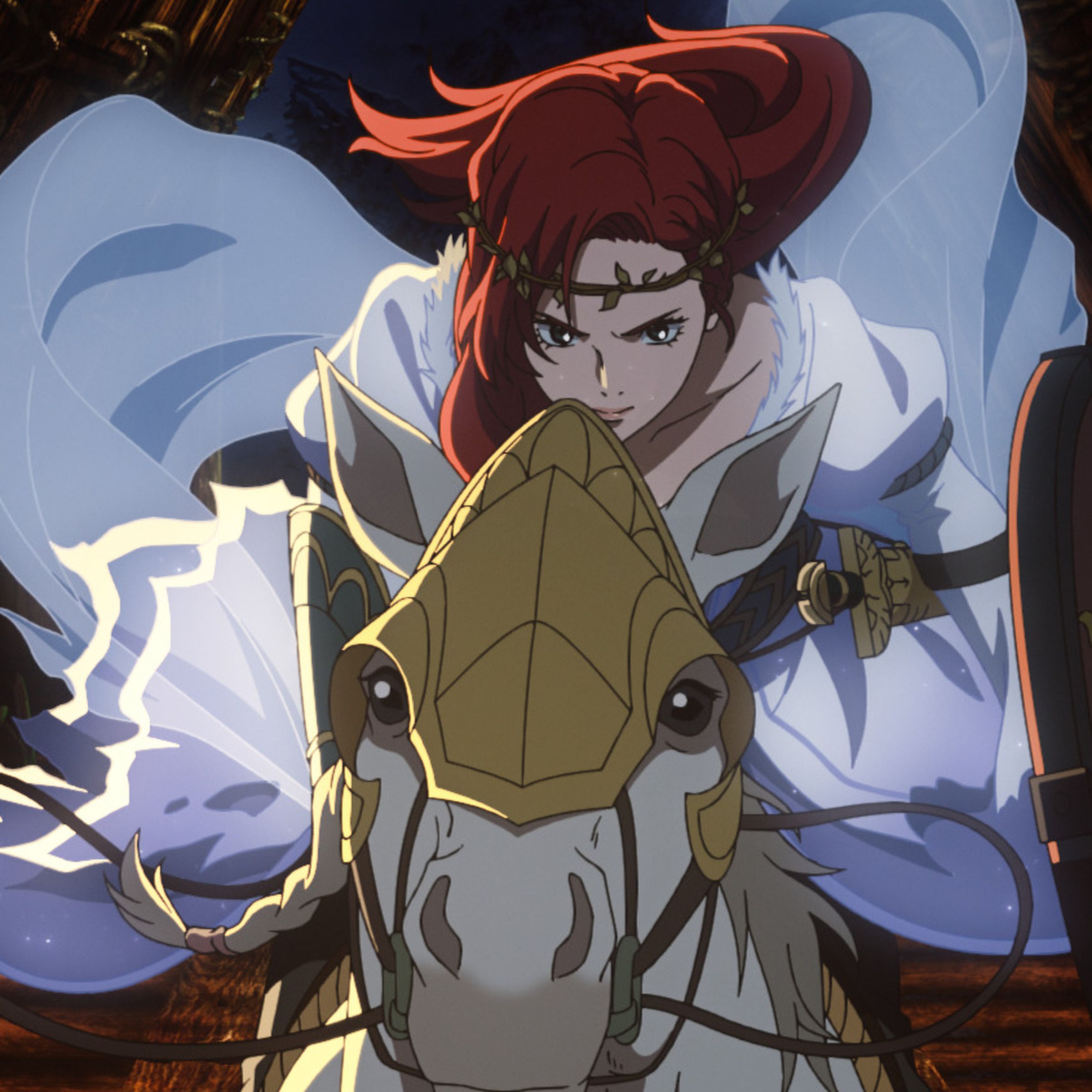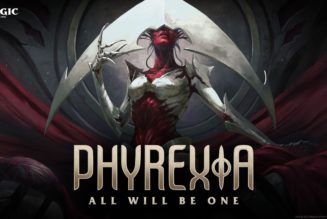Director Kenji Kamiyama’s new Lord of the Rings anime film feels like what happens when you try to turn a footnote into a feature-length story.
Share this story

Warner Bros. Discovery has been very vocal about its desire to keep producing an untold number of stories based on J.R.R. Tolkien’s books in hopes of recreating the monumental success of Peter Jackson’s Lord of the Rings movies. Even though it wasn’t a WBD production, The Rings of Power proved that Tolkien’s appendices could be fashioned into riveting explorations of Middle-earth’s history that feel like something more than transparent cash grabs. Unfortunately, the same can’t be said for the new animated film The Lord of the Rings: The War of the Rohirrim.
Based on Tolkien’s Lord of the Rings Appendix A, director Kenji Kamiyama’s (Ghost in the Shell: Stand Alone Complex, Blood: The Last Vampire) The War of the Rohirrim is an attempt at creating a mountain-sized fantasy epic out of a molehill of footnotes. At times, the film comes close to being a beautiful presentation of Middle-earth, and you can feel it trying to bring something of a feminist energy to the Lord of the Rings canon. But The War of the Rohirrim’s characters are so two-dimensional and its story is so plodding that it’s difficult to understand why the studio thought this particular bit of lore needed to be adapted for the big screen.
Set about 200 years before the events of Jackson’s original Lord of the Rings trilogy, The War of the Rohirrim tells the tale of how King Helm Hammerhand (Brian Cox) and his daughter, Princess Héra (Gaia Wise), became legends while defending the people of Rohan. While the Rohirrim are no strangers to war, peace is what Helm longs for as he settles into his old age. As is tradition, Helm intends for his eldest son Haleth (Benjamin Wainwright) to one day take his place on the throne. It’s obvious to everyone that Héra is the most courageous of the king’s children and the kind of person who could become a great leader. But as an adventure-loving free spirit, Héra would much rather spend her days out in the wilderness with her horse instead of being saddled with royal responsibilities.
All seems well as Helm convenes a meeting of Rohan’s great houses meant to map out a plan for the kingdom’s future. But when conniving Dunlending Lord Freca (Shaun Dooley) unexpectedly arrives demanding that Héra be wedded to his son Wulf (Luke Pasqualino), it leads to a deadly skirmish that sets off a war and plunges all of Rohan into chaos.
In The War of the Rohirrim’s focus on Héra — who is never named in Tolkien’s work — and her armed minder Olwyn (Lorraine Ashbourne), you can see co-writers Jeffrey Addiss, Will Matthews, Phoebe Gittins, and Arty Papageorgiou attempting to rework details from Appendix A into a more fully fleshed out narrative centering the women of Middle-earth. That goal feels like part of the reason the story is narrated by Rohirrim shield maiden Éowyn (Miranda Otto, reprising the role from live-action Jackson films). That detail reinforces how WBD and New Line Cinema see War of the Rohirrim as an expansion of their Lord of the Rings canon. But the film wastes its potential to do anything truly novel with its central characters and instead uses them to tell a tale that’s disappointingly rote and predictable. Shocking twists of fate aren’t exactly the point of Lord of The Rings, but it’s kind of surprising just how much like Generic Fantasy™ The War of the Rohirrim feels as its story unfolds.
There is little nuance to anyone’s characterizations or motivations. Héra’s another headstrong princess whose gender keeps her from being seen as a valuable warrior, and Wulf reads as so transparently evil that he’s hard to buy as the kind of villain capable of outmaneuvering his enemies. Those weaknesses would be easier to overlook if the movie had more to offer in the way of exciting visuals. But even when The War of the Rohirrim is clearly trying to impress you with soaring shots of Middle-earth from Great Eagles’ perspectives, it never feels like the movie is taking advantage of animation’s ability to present fantasy worlds in ways that aren’t possible with live action.
Often, The War of the Rohirrim feels excessively committed to making its depiction of Middle-earth look and feel like what we’ve seen in Jackson’s films. While characters are artfully stylized, the settings they’re moving through tend to feel like uninspired approximations of reality rather than places filled with monsters and magic. This becomes especially apparent during action set pieces and whenever things are engulfed in flames that seem digitally crafted and animated at a distractingly different frame rate.
Between The War of the Rohirrim’s multitude of Lord of the Rings musical cues and its smattering of on- and off-screen cameos alluding to future events, you get the sense that the studios are banking on fans’ love of the live-action films to catapult this new feature to box-office success. But turning an appendix entry into a feature that puts butts in seats requires more than a bit of nostalgia, and The Lord of the Rings: The War of the Rohirrim just doesn’t have what it takes.
The Lord of the Rings: The War of the Rohirrim hits theaters on December 13th.









